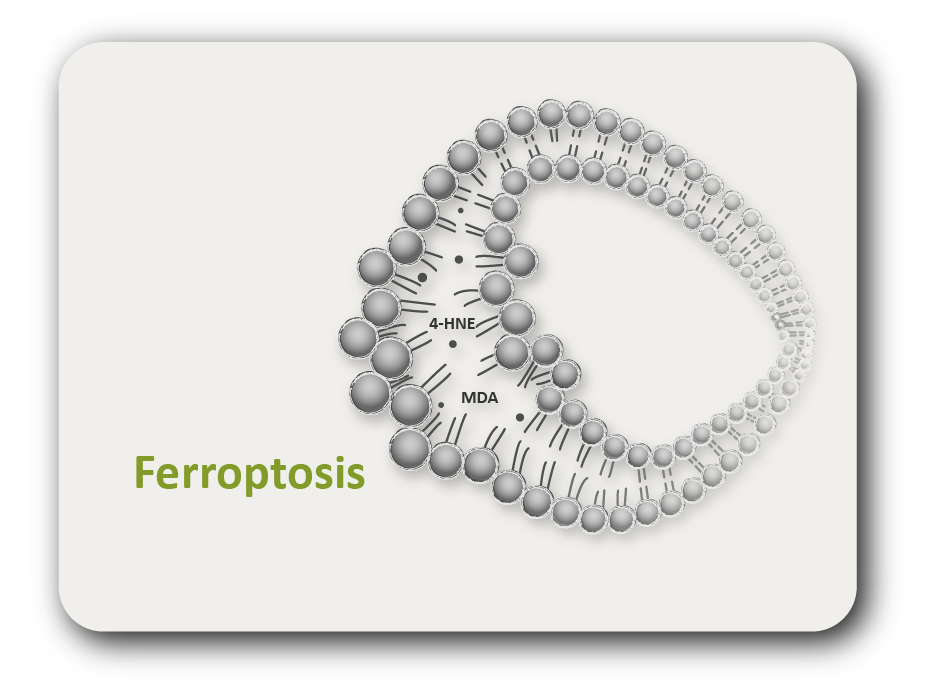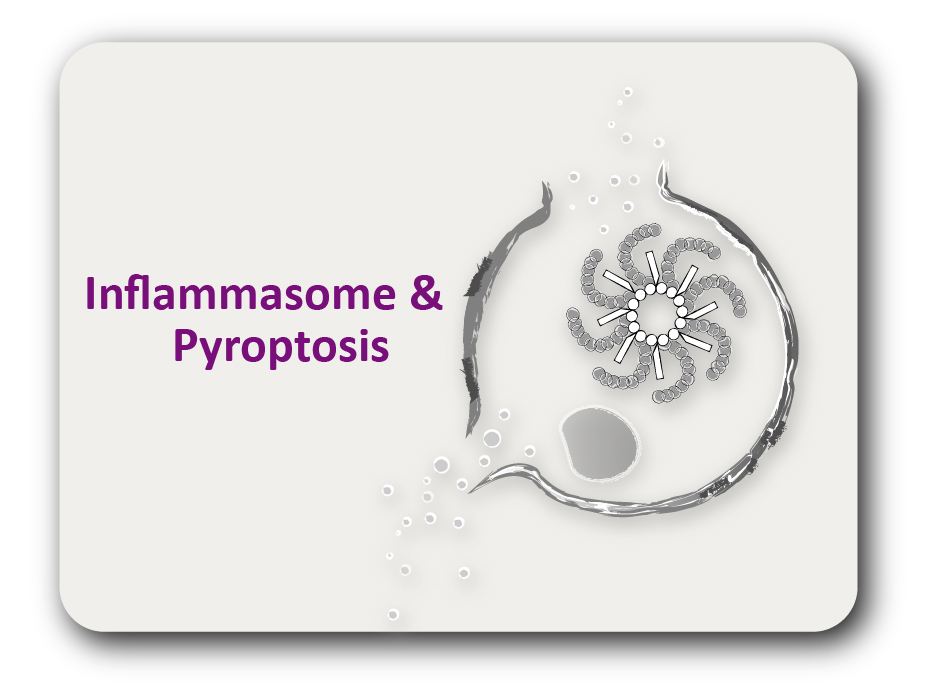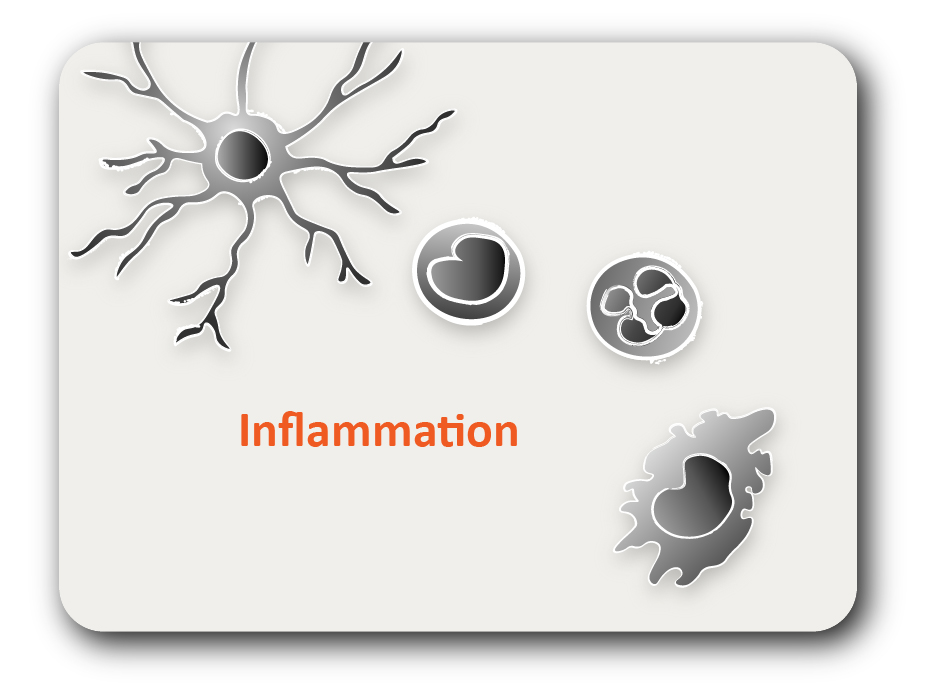ARG70567
Human DLL3 recombinant protein (His-tagged)
Human DLL3 recombinant protein (His-tagged) for SDS-PAGE
Overview
| Product Description | CHO expressed, His-tagged Human DLL3 recombinant protein |
|---|---|
| Tested Application | SDS-PAGE |
| Target Name | DLL3 |
| Species | Human |
| A.A. Sequence | Ala27 - Leu492 |
| Expression System | CHO |
| Alternate Names | DLL3; Delta Like Canonical Notch Ligand 3; SCDO1; Drosophila Delta Homolog 3; Delta-Like Protein 3; Delta3; Delta (Drosophila)-Like 3; Delta-Like 3 (Drosophila); Delta-Like 3 |
Properties
| Form | Powder |
|---|---|
| Purification Note | Endotoxin level is less than 0.1 EU/µg of the protein, as determined by the LAL test. |
| Purity | > 80% (by SDS-PAGE) |
| Buffer | PBS (pH 7.4) |
| Reconstitution | It is recommended to reconstitute the lyophilized protein in sterile water to a concentration not less than 200 μg/mL and incubate the stock solution for at least 20 min at room temperature to make sure the protein is dissolved completely. |
| Storage Instruction | For long term, lyophilized protein should be stored at -20°C or -80°C. After reconstitution, aliquot and store at -20°C or -80°C for up to one month. Storage in frost free freezers is not recommended. Avoid repeated freeze/thaw cycles. Suggest spin the vial prior to opening. |
| Note | For laboratory research only, not for drug, diagnostic or other use. |
Bioinformation
| Gene Symbol | DLL3 |
|---|---|
| Gene Full Name | Delta Like Canonical Notch Ligand 3 |
| Background | This gene encodes a member of the delta protein ligand family. This family functions as Notch ligands that are characterized by a DSL domain, EGF repeats, and a transmembrane domain. Mutations in this gene cause autosomal recessive spondylocostal dysostosis 1. Two transcript variants encoding distinct isoforms have been identified for this gene. [provided by RefSeq, Jul 2008] |
| Function | Inhibits primary neurogenesis. May be required to divert neurons along a specific differentiation pathway. Plays a role in the formation of somite boundaries during segmentation of the paraxial mesoderm. [Uniprot] |





